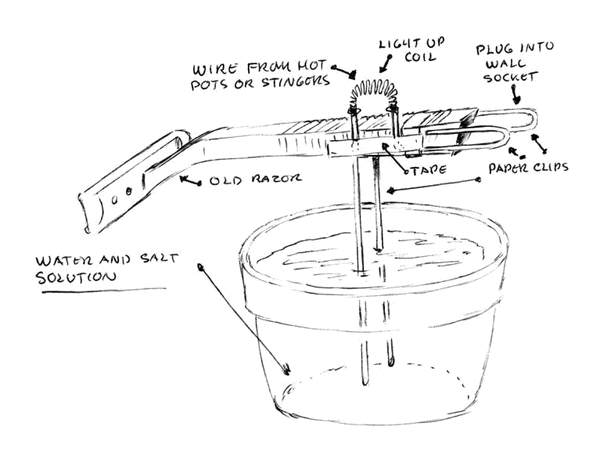All patent drawings are meant to support the patent descriptions provided by patent attorneys and agents at a law firm. Once patent files are uploaded, the professional drawers take 4-6 days to come up with formal drawings. Any number of iterations may be done to the same. The best drawing experts will be able to produce the best drawings regardless of the level of complexity.

What is a Patent Drawing?
The entire story of a patent is told through its drawing. It is part of the first draft of the patent application and such illustrations show exactly what the patent looks like, labeling its parts. As per US patent laws, the patent applicant needs to file a minimum of one drawing whenever the invention can be shown using the drawing. A stronger patent application would require more than one patent drawing, and this can be made easier through companies which provide invention drawings services.
While attempting to capture the attention of a potential licensee or while trying to convince a buyer, a single patent drawing may not always be adequate. Other than patent drawings, there are other invention drawings as well, which include photo realistic virtual prototypes and 3D renderings. Patent drawings will be able to show exploded views with numerals about how the different parts come together. However, a prospective licensee may or may not like the invention, but the chances of liking are high if his or her attention is captured through 3D renderings of actual appearance.
Detailed Drawings are Very Helpful
It is very important to have detailed patent drawings since if certain details are accidentally left out from the disclosure, they help clarify the same. Since the detail of the patent drawing is what really matters, a wise decision here would be to hire professional drawing experts. Information about patent and invention drawing companies can be found online these days.
Types of Patent Drawings
- Side, Top, and Front Views– Each of these views are collected using a single perspective at a time. It can be equated to looking through each of the six sides of a cube within which the invention is present. Different CAD software help understand these views.
- Perspective View– Also known as an isometric view, this is the image present on the patent’s front cover. It’s a 2D drawing which shows how the image looks in real life. With this, both judge/jury and examiner can understand the invention through one picture that matches its specifications. The view must be oriented in a manner such that it provides the greatest amount of detail.
- Sectional Views- Inner parts of a 3d body are shown through this view. To describe this view, it is necessary to first determine the cutting plane.
- Exploded Views– These views are meant to see structural relationships among components which may be too small to show in a fixed view. Exploded views are ideal for complex mechanical drawings which have parts which are almost impossible to draw due to stacking and close proximity to other features.
- Schematics and Flowcharts– these are useful for applications implemented by computers where the claim is either for process (with steps) or a method claim. The drawing experts will ensure that they use standard symbols for flowcharting processes. They know how to be consistent across blocks for examiners to understand easily.
- Charts and Graphs– These tools are best used to show improvement of an invention over earlier art solutions. Example charts will be able to indicate changes in resistance, absorption, material strength, quality, and durability.
- Kinds of Lines– Object lines are the different solid lines around an invention. Lines used in the patenting application may be hidden lines, shaded lines, center lines, cutting plane lines, and projection lines. Drawing experts would be perfectly aware about the significances of these lines and will use them accordingly.
Best Prices
It is important for the drawing experts to charge the most affordable prices to inventors and law firms. Of course, it is also means that quality will always be a benchmark for the prices. Inventors and other customers must always be satisfied with the drawing services from reputed drawing experts. Apart from this, customers can receive the drawings in whichever format they need.
Risks in Not Submitting Patent Drawings
Omitting drawings entirely or providing poor ones carries substantial risk. Patent offices are likely to not accept patent application without these. After submission of an application, improvements to existing drawings or submitting new ones are not permitted as per US law. It is fair to say that each inventor gets only one shot to put in good quality illustrations into the application.
No inventor will ever want ambiguity to be part of any invention. Therefore, he or she must grab this opportunity with both hands and use help from a certified patent drawing professional since patent jurisdictions have different compliance requirements.

